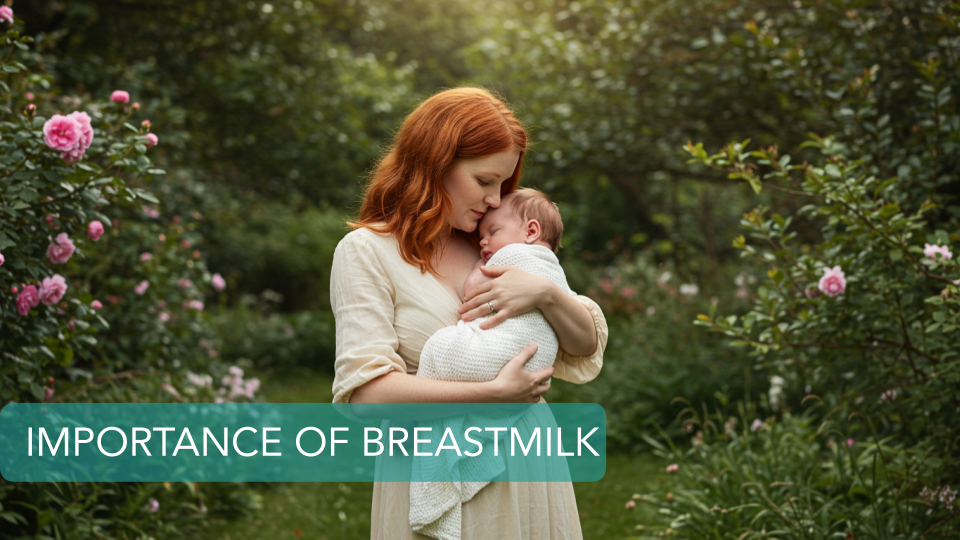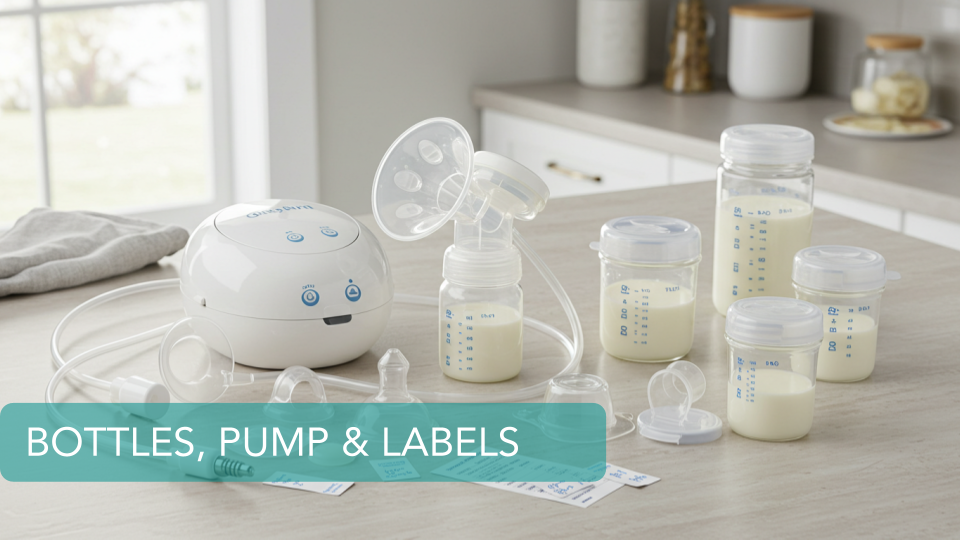Common Breastfeeding Challenges and How to Overcome Them
- Selin Tamer
- Aug 19
- 2 min read
Updated: Sep 25
Many problems that mothers experience during breastfeeding can be avoided by ensuring that mother and infant are correctly positioned for the feed and the infant is correctly latched to the breast.

SORE/CRACKED NIPPLES
Some nipple soreness may be normal during the first 6-10 days of breastfeeding. Soreness that continues or causes intense pain needs to be examined by a medical professional.
The most common cause is when your baby sucks only the nipple –this is called a shallow latch.
Solution:
Change the position of your baby, let him/her get the nipple and as much of the breast in his/ her mouth - this is called a deep latch.
Leave a drop of your milk on the nipple after each breastfeed and expose the breasts to the air or sun. This will help the skin to heal.

ENGORGEMENT
Breast engorgement is a condition experienced by many breastfeeding women. This is when the breasts overfill with milk.
It usually occurs in the first weeks of breastfeeding or if the mother is away from the infant for any reason.
Breasts become swollen and painful, making it difficult for babies to latch. This is usually a temporary condition.
Solution:
Breastfeed your baby on demand.
Hand expression or brief use of a breast pump may help soften severely engorged breasts
Gently express to soften the areola (brown area around the nipple) so your baby can take
enough breast in his/ her mouth.
Massage or stroke your breasts lightly.
Use moist heat, such as a hot compress on the breasts for few minutes or take a brief hot shower before breastfeeding. This may help the milk begin to flow.
Important Note:
Use of heat for extended periods (over 5 minutes) may make swelling worse and prevent the milk from flowing.
Between feedings, apply cold compresses to your breasts to relieve the pain and reduce swelling.
REDUCED MILK SUPPLY
If the milk is not removed, less milk is made. This happens with infrequent feeds, scheduled feeds, short feeds, and shallow latch.
Solution:
Breastfeed your baby whenever he/she wants, throughout the day and night.
Change the position of your baby, let him/her get the nipple and as much of the breast in his/ her mouth.
Avoid feeds of water, other fluids, or foods; give only breastmilk.
Avoid use of artificial teats and pacifiers.
Ensure you are drinking liquids to satisfy the thirst and eating a healthy balanced diet.
Take rest as much as you can.





Comments